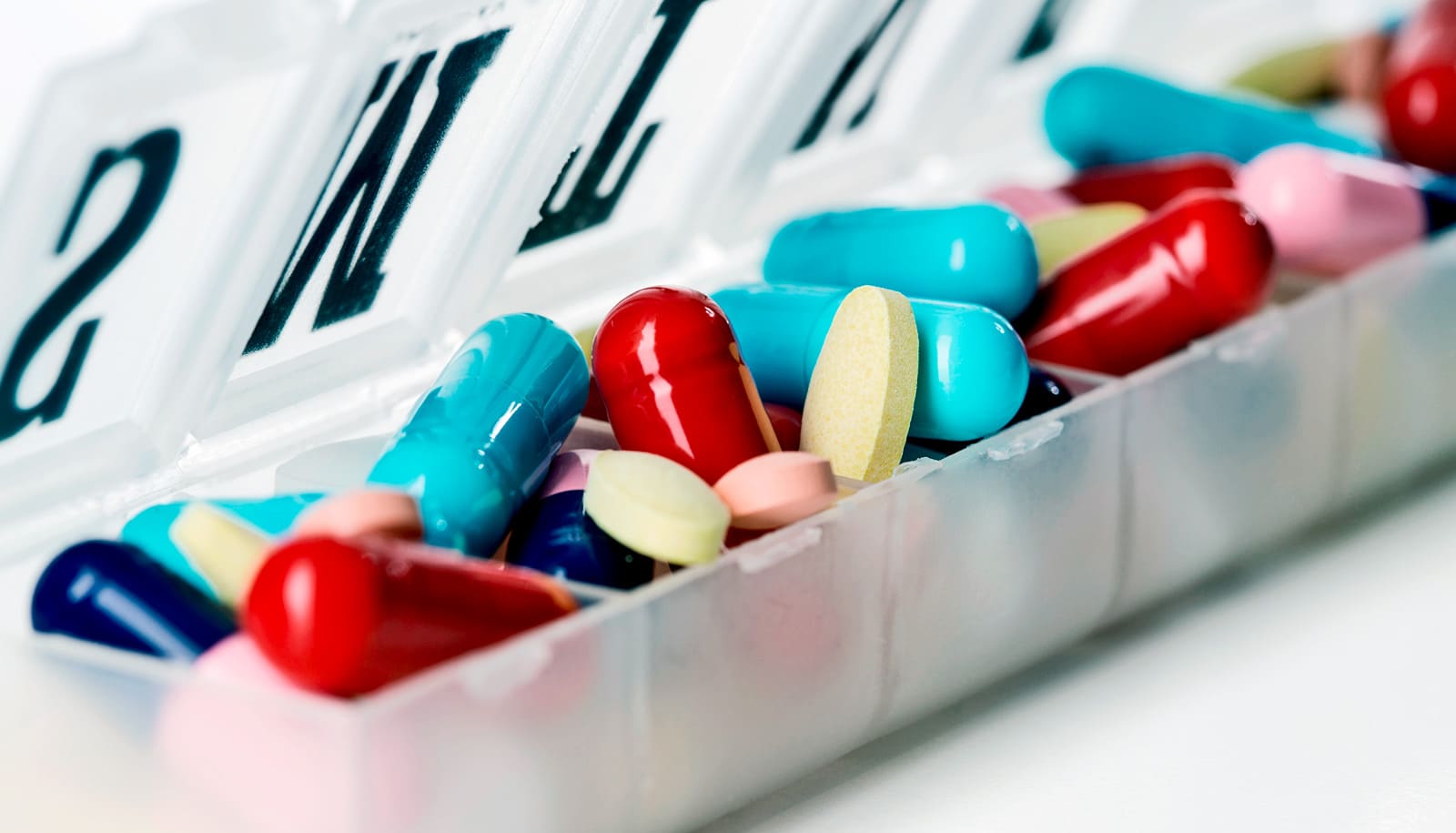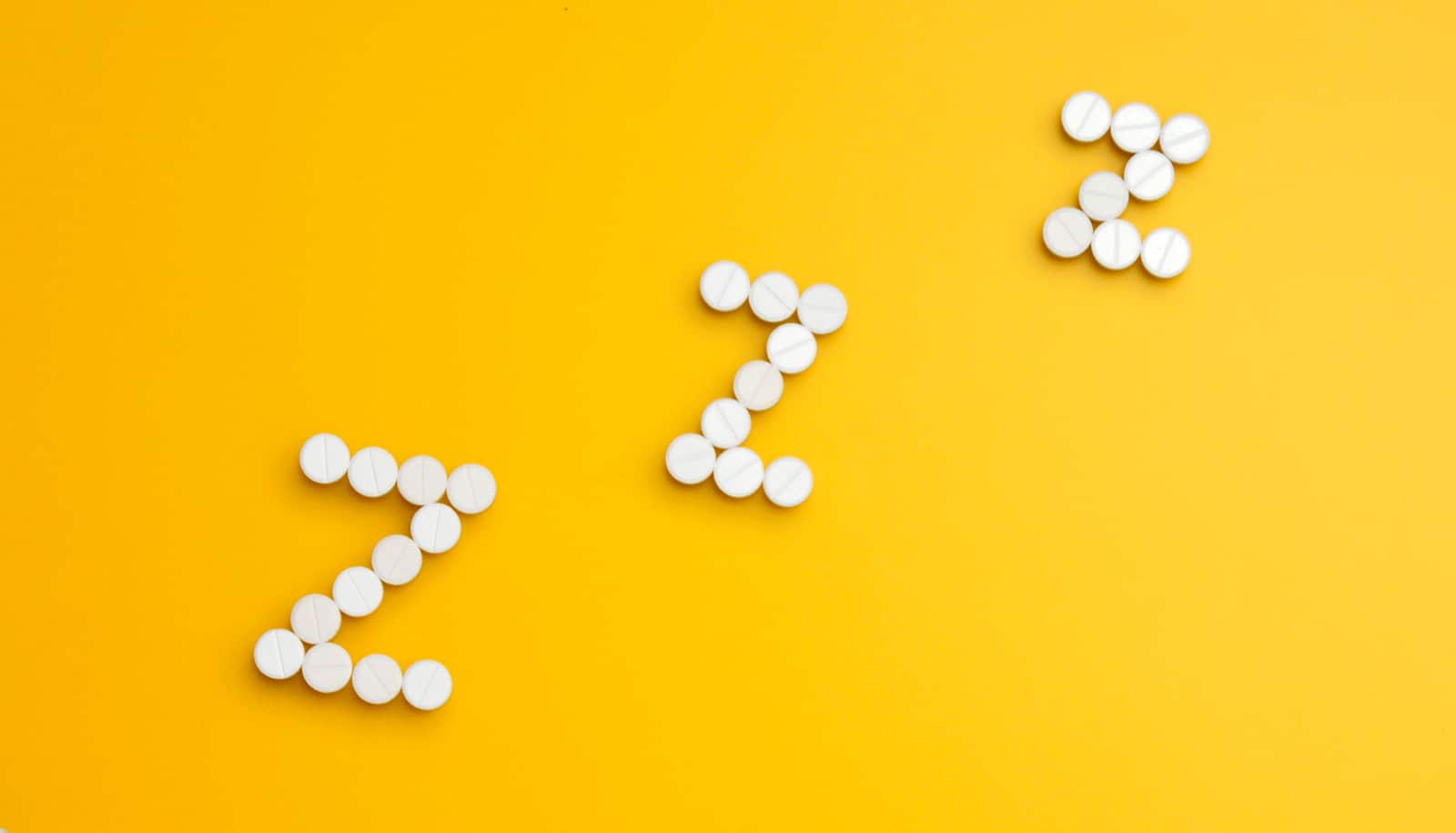A new technology can print pure, precisely customized doses of drugs.
The technology could enable on-site printing of custom-dosed medications at pharmacies, hospitals, and other locations.
“A doctor or pharmacist can choose any number of medications, which the machine would combine into a single dose…”
The technique can print multiple medications into a single dose on a dissolvable strip, microneedle patch, or other dosing device. The researchers say it could make life easier for patients who must now take multiple medications every day. The work could also accelerate drug development.
A new study led by Max Shtein, professor of materials science and engineering at the University of Michigan, and Olga Shalev, a recent graduate who worked on the project while a doctoral student, showed that the pure printed medication can destroy cultured cancer cells in the lab as effectively as medication delivered by traditional means, which rely on chemical solvents to enable the cells to absorb the medication.
“A doctor or pharmacist can choose any number of medications, which the machine would combine into a single dose,” Shtein says. “The machine could be sitting in the back of the pharmacy or even in a clinic.”
The researchers adapted a technology from electronics manufacturing called organic vapor-jet printing. One key advantage of the technique is that it can print a very fine crystalline structure over a large surface area. This helps printed medications dissolve more easily, opening the door to a variety of potential new drugs that today are shelved because they don’t dissolve well when administered with conventional approaches, including pills and capsules.
“Pharma companies have libraries of millions of compounds to evaluate, and one of the first tests is solubility,” Shtein says. “About half of new compounds fail this test and are ruled out. Organic vapor jet printing could make some of them more soluble, putting them back into the pipeline.”
“This technology offers up a new approach to accelerate the evaluation of new medicines.”
The process begins by heating the active pharmaceutical ingredient—usually a powder—and evaporating it to combine it with a stream of heated, inert gas like nitrogen. The evaporated medication travels, along with the gas, through a nozzle pointed at a cooled surface. The medication then condenses, sticking to the cooled surface in a thin crystalline film. The formation of the film can be tightly controlled by fine-tuning the printing process. The process requires no solvents, no additives, and no post-processing.
“Organic vapor jet printing may be useful for a variety of drug delivery applications for the safe and effective delivery of therapeutic agents to target tissues and organs,” says coauthor Geeta Mehta, assistant professor of materials science and engineering and biomedical engineering.
The tight control over solubility may also be useful later in the drug testing process, when potential new drugs are applied to cultured cells in a lab.
Today, most compounds must be dissolved in a chemical solvent before they’re applied to cells. The new technique could enable printed medications to dissolve easily in the water-based medium used to culture cells, without the need for a solvent.
To find new drugs, make ‘libraries’ from DNA
“When researchers use solvents to dissolve drugs during the testing process, they’re applying those drugs in a way that’s different from how they would be used in people, and that makes the results less useful,” says Anna Schwendeman, an assistant professor of pharmaceutical sciences and an author on the paper. “Organic vapor jet printing could make those tests much more predictive, not to mention simpler.”
While printing mass-market drugs is likely years away, Shtein believes that the drug characterization and testing applications may come to fruition more quickly—internally in pharmaceutical companies.
“One of the major challenges facing pharmaceutical companies is speed to clinical testing in humans,” says coauthor Gregory Amidon, a research professor in the College of Pharmacy. “This technology offers up a new approach to accelerate the evaluation of new medicines.”
The team is exploring additional applications for the technology and plans to collaborate with experts in pharmaceutical compound design and manufacturing, as well as those working on treatments. Eventually, they envision vapor jet printing being scaled to mass production, including roll-to-roll continuous manufacturing.
5 ways 3D printing could totally change medicine
Their study appears in the journal Nature Communications.
The Air Force Office of Scientific Research, the National Science Foundation, and the US Department of Energy Office of Science User Facility supported the research.
Source: University of Michigan



